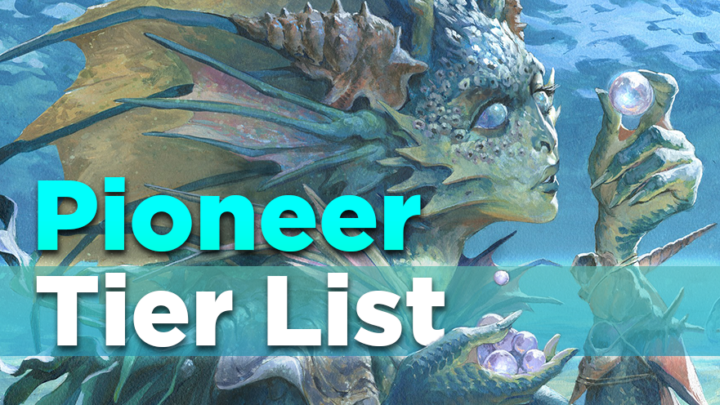This past weekend was yet another showcase for Pioneer, and it did not disappoint. With the Players Tour and Grand Prix happening in Phoenix, as well as the SCG Team Open and Classic in Philadelphia, there was no shortage of the Pioneer metagame on display.
Some of the big questions going into the weekend involved Inverter and Underworld Breach decks. Just how good were these decks? Will they be able to withstand, adjust, and adapt to what everyone else is doing? How good will the other decks be?
There’s a lot to go through, so let’s jump right into it!
Tier 1
These are the clear best decks in the format, and you need to be able to beat at least two out of these three decks to be considered viable, in my opinion.
While this isn’t a particularly clear cut rock-paper-scissors of Pioneer, these three decks are the current front-runners for what defines the pace of the format.
Dimir Inverter
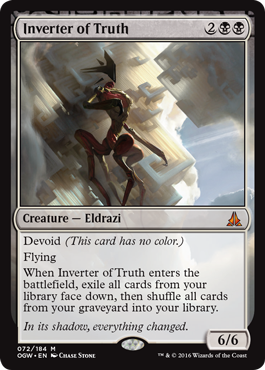
Dimir Inverter is a combo-control deck that aims to keep the game as stable as possible before assembling the combo of Inverter of Truth plus Thassa’s Oracle or Jace, Wielder of Mysteries. It utilizes powerful tools like Dig Through Time to sift through the deck quickly and find its combo pieces. It has a ton of disruption by way of Thoughtseize, Thought Erasure, and counterspells. Thassa’s Oracle and Jace are natural ways of going through your deck as well, with the former further acting as a minor speed bump against aggressive decks to boot. (Read Michael Rapp’s primer on Dimir Inverter here.)
Bant Spirits

Bant Spirits is a disruptive tempo deck that features more than twenty creatures that can stop the opponent from interacting properly with you. Every piece of interaction you have translates into damage, and eventually the snowball overwhelms the opponent. The star players here are Spell Queller and Collected Company, both providing ways of dealing with things you otherwise couldn’t interact with (Supreme Verdict), or rebounding heavily after an unfavorable interaction. (Read Hallie Santo’s primer on Spirits here.)
Sultai Delirium
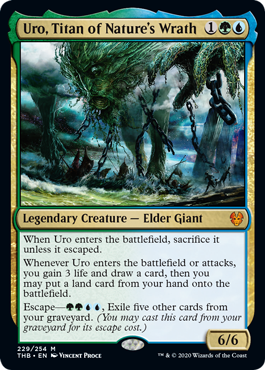
Sultai Delirium is a classic value-based midrange deck that has a little bit of everything at its disposal. You have Traverse the Ulvenwald and Jace, Vryn’s Prodigy as fixers, Grisly Salvage and Satyr Wayfinder as ways to both feed the graveyard and generate value, and Thoughtseize as disruption. But Uro, Titan of Nature’s Wrath is probably the glue that holds the entire deck together. Most of this deck is built to maximize what Uro brings to the table, which is…well…three life, a card, and an extra land. Doing this as often as possible enables a very smooth end game, featuring Nissa, Who Shakes the World, Ishkanah, Grafwidow, and the biggest finisher of them all, Emrakul, the Promised End. Your interaction can include pretty much anything you want, from Assassin’s Trophy to Abrupt Decay to counterspells. Your choices are truly endless, and you can customize this deck to your liking.
Tier 1.5
These decks are very clearly capable of winning an event on any given day. It might be a bit of a misnomer to label these as tier 1.5, because the difference between these and the best decks is so marginal. You will almost certainly do well with any of these choices and should definitely pick one of these up if it suits you.
Mono-Red Aggro
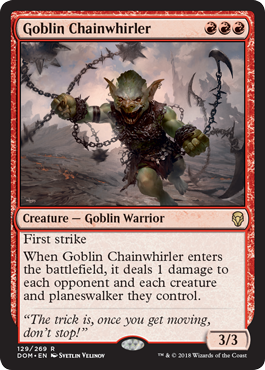
Mono-Red Aggro has gone through a ton of changes since the old, chonky days. Your curve is way lower, with eight, sometimes up to ten one-drops. You’re even utilizing Abbot of Keral Keep as a pseudo-split card: maximizing prowess early, or providing an extra card at any point afterward. Goblin Chainwhirler and Goblin Rabblemaster remain as two of the most dominant three-drops in the format; if you can’t deal with them quickly and easily, you’ll often end up behind.
The standout of the deck is Torbran, Thane of Red Fell. This powerhouse has established himself as the four-drop of choice, surpassing even Chandra, Torch of Defiance in numbers, and rightfully so. In this current Pioneer format, it’s very difficult to out-card the midrange decks; even if you do, sometimes they just end the game on the spot, and it didn’t matter how many cards you drew. If you’re being aggressive, you likely need to end the game as quickly as you can with what you have. This also explains the absence of Light Up the Stage. If you are building a red deck, you’ll want to keep it lean and mean for now.
Mono-Black Aggro
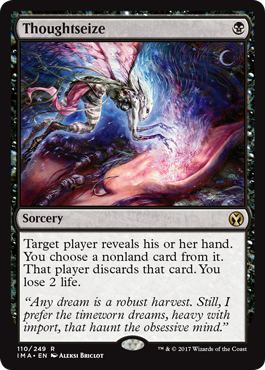
Mono-Black Aggro is currently under an identity crisis, in sort of a good way. It’s unclear whether the standard Aggro version is better than Vampires. The sheer popularity of Aggro over Vampires suggests that Aggro is better, but that may not be the case. To keep it short, Vampires is a much more powerful deck when Sorin, Imperious Bloodlord is on the board. The best Planeswalker in Pioneer can single-handedly flip the Mono-Red Aggro, Mono-Black Aggro, and Spirits match-ups in your favor, which Mono-Black can’t do as consistently. The trade-off is your overall clock and closing speed. You don’t get threats like Rankle, Master of Pranks and Spawn of Mayhem, but depending on the metagame, it’s important to recognize which version is better positioned.
Lotus Field Combo
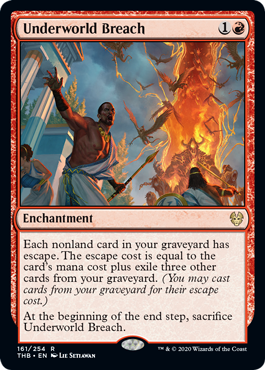
Lotus Field Combo isn’t exactly new, but the introduction of Underworld Breach is what put it over the top. The consensus best build is still up for debate, but the big role-player here is Fae of Wishes. Not only does Fae of Wishes buy you a ton of time against aggressive decks, it enables a much more robust toolbox of cards that help you wade through a game. Realistically, you don’t need too much, but now you get to play Expansion // Explosion, which eliminates the need to play Ral, Storm’s Conduit. Thassa’s Oracle is yet another way to win.
Hating this deck out is tricky, because you often need more than just a Leyline of the Void or Naturalize effect to do it. The deck is so consistent and fast, you need to pressure them on top of it all. Storm players will be right at home with this deck.
Other winning decks
G/B Stompy
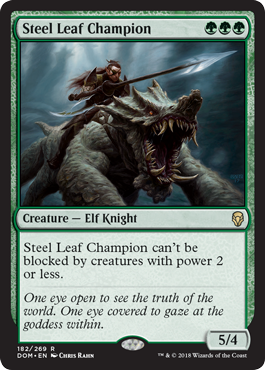
I wrote about G/B Stompy at length last week, and this version doesn’t do too much differently. The best decks in the format will definitely struggle with a turn two 7/6, and the Stompy deck as a whole will serve as a proverbial hip check to all of Pioneer. Mana dorks are still extremely powerful, and you need to kill them ASAP.
Jeskai Fires
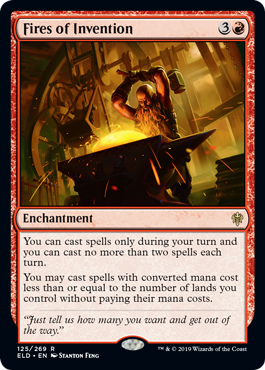
Jeskai Fires blipped on the radar this past weekend as well, and it makes an amount of sense. Gideon of the Trials is very powerful against Dimir Inverter, and Nimble Obstructionist is a niche card that can completely blow out an Inverter opponent going for either end of the combo. The clock is deceptively fast, too, with Sarkhan the Masterless turning the corner on a dime. Fae of Wishes makes another appearance here and provides even more ways to deal with problematic cards. I can see this deck popping up more and more if Inverter continues to be a top player in Pioneer.
Conclusion
The format has mostly settled for now, and the group of decks we need to attack is clearer than ever. I fully expect things to shift in the coming weeks, as players now know how to adjust. This is where Pioneer really starts getting into gear, and I’m very excited to see where things end up.

Anthony Lowry is a high level competitor in several games, and Magic is no exception. His newfound passion for deckbuilding has reignited his drive to compete and test his skill against the best.

